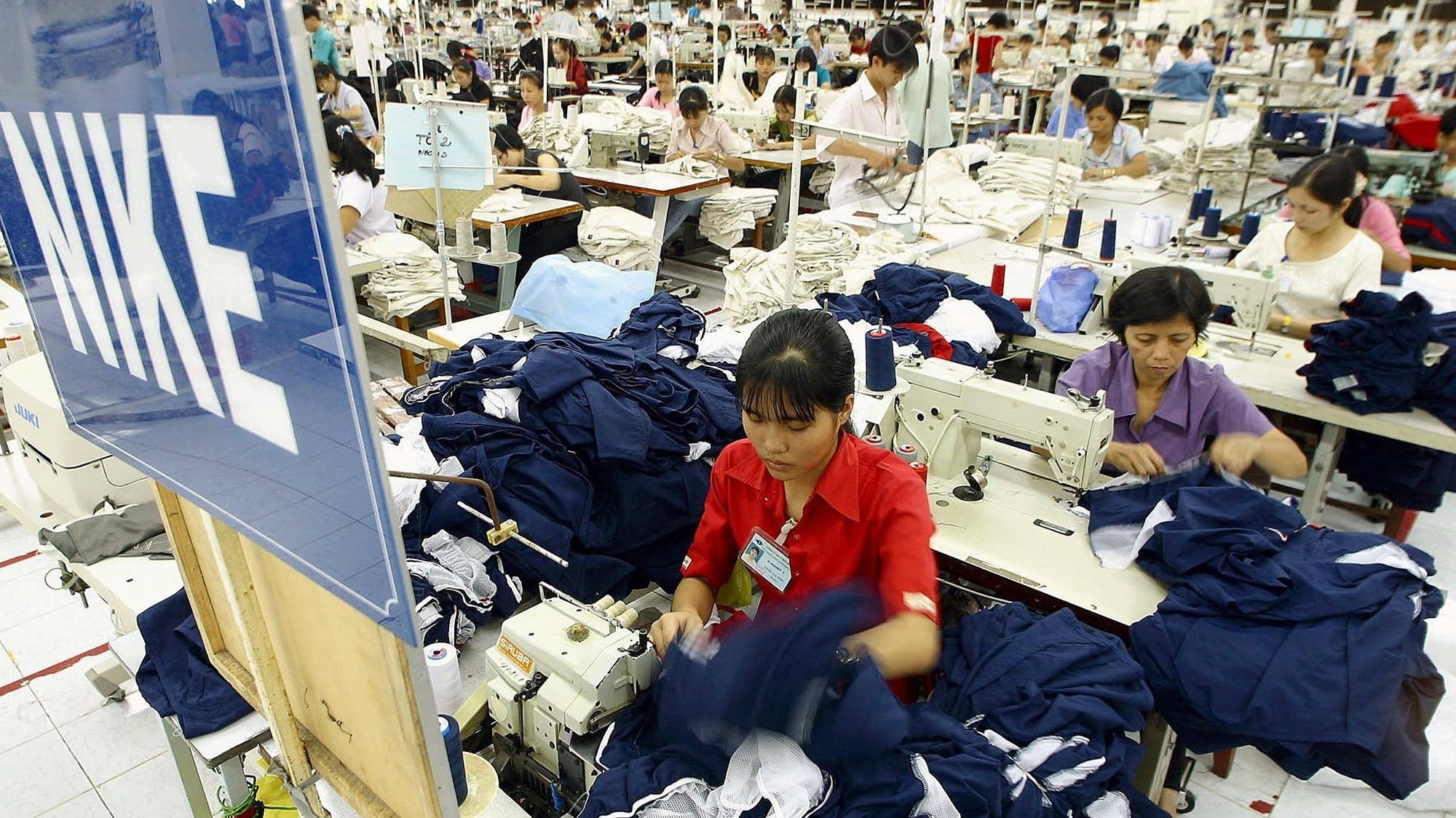Reshoring Roulette: Nike's Bold Gamble to Bring Manufacturing Back Home

In the midst of the Trump administration's ambitious push to revitalize American manufacturing, the story of Nike's failed attempt to bring sneaker production back to North America offers a revealing glimpse into the complex challenges of reshoring industrial jobs.
The sportswear giant's recent endeavor to relocate manufacturing closer to home quickly exposed the intricate web of global supply chains and economic realities that make such transitions far more complicated than political rhetoric suggests. Despite the compelling narrative of bringing jobs back to American workers, Nike discovered that the infrastructure, skilled labor, and cost-effectiveness required for large-scale shoe production are not easily replicated overnight.
This case study underscores the nuanced economic landscape that confronts companies seeking to respond to political pressure and nationalist manufacturing sentiments. It highlights the significant barriers that exist between political aspirations and the practical realities of global manufacturing, demonstrating that simple solutions are rarely as straightforward as they might initially appear.
As policymakers and business leaders continue to grapple with the future of American manufacturing, Nike's experience serves as a critical reminder of the complex economic ecosystem that underpins global production strategies.
